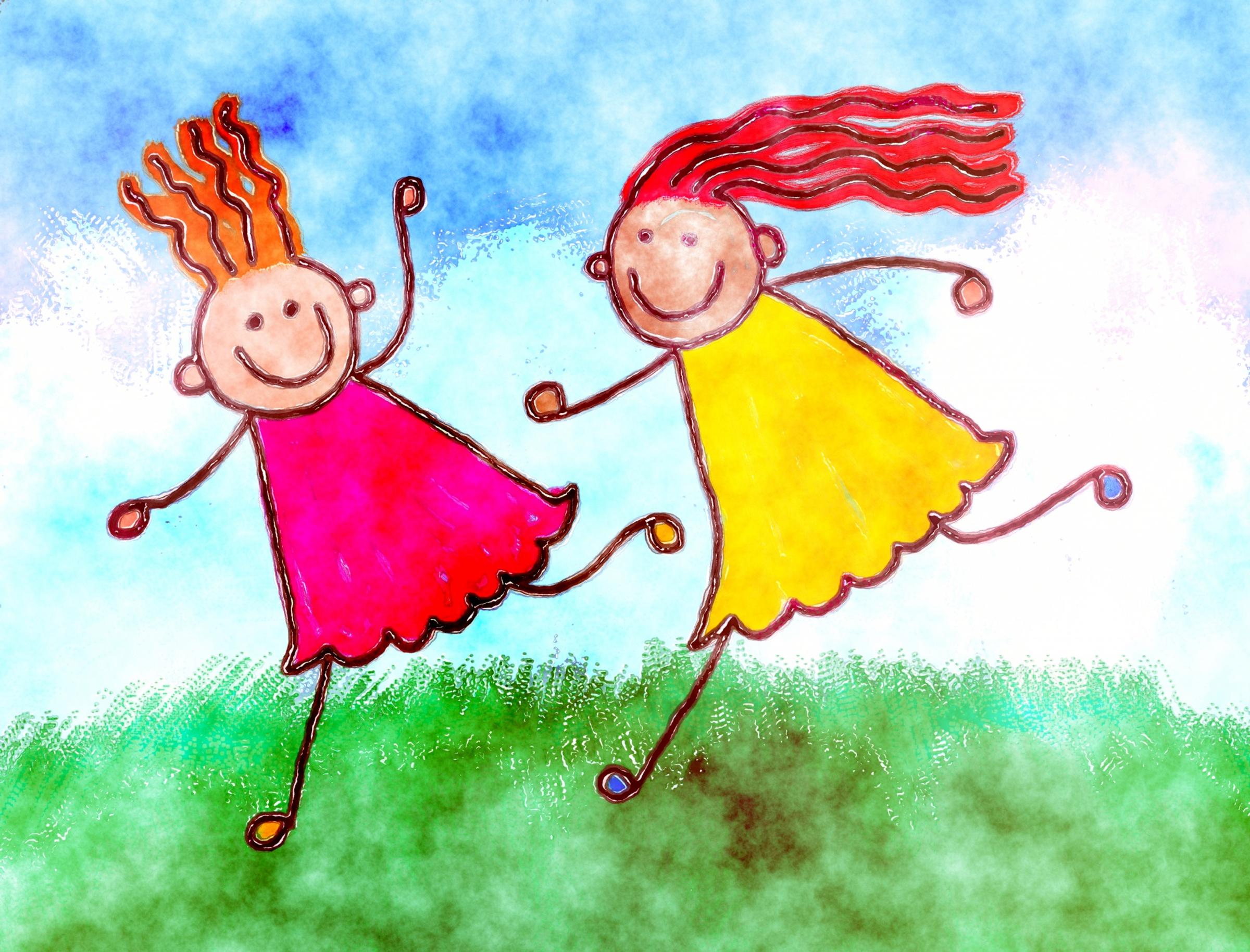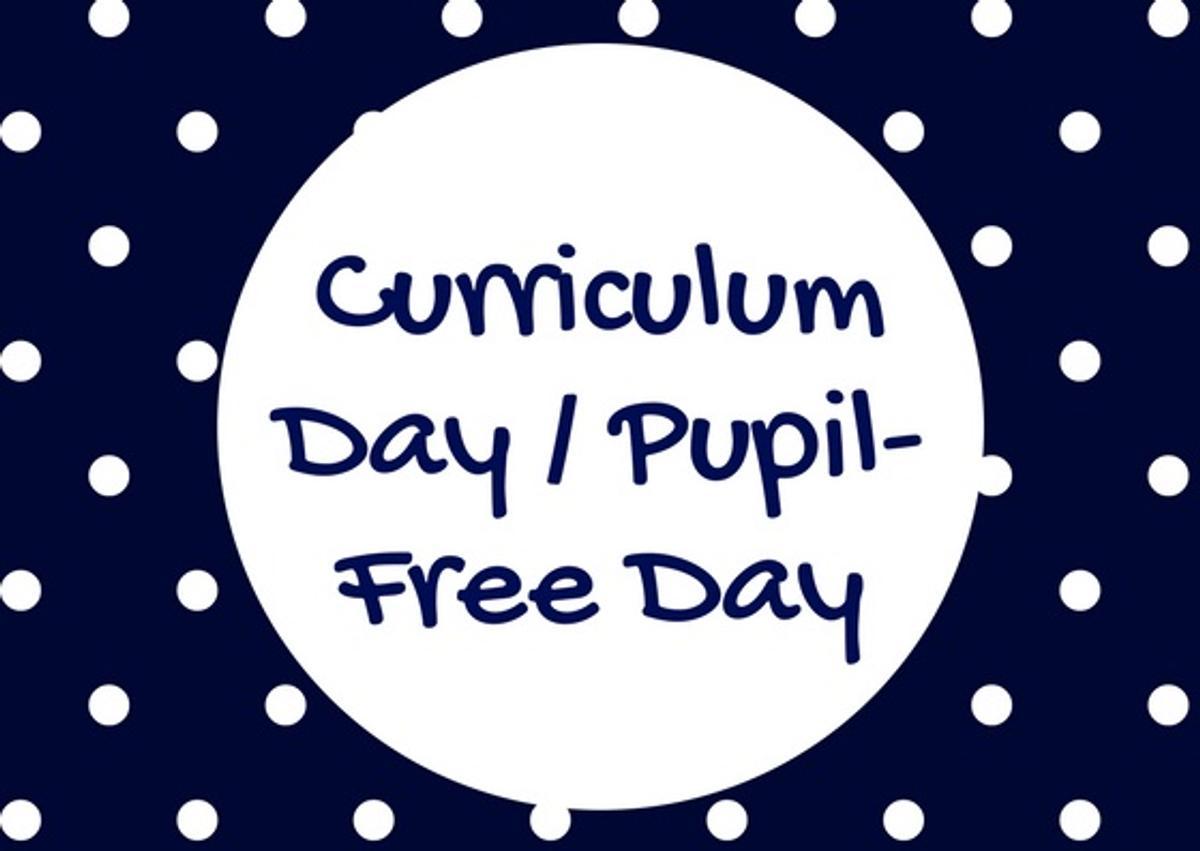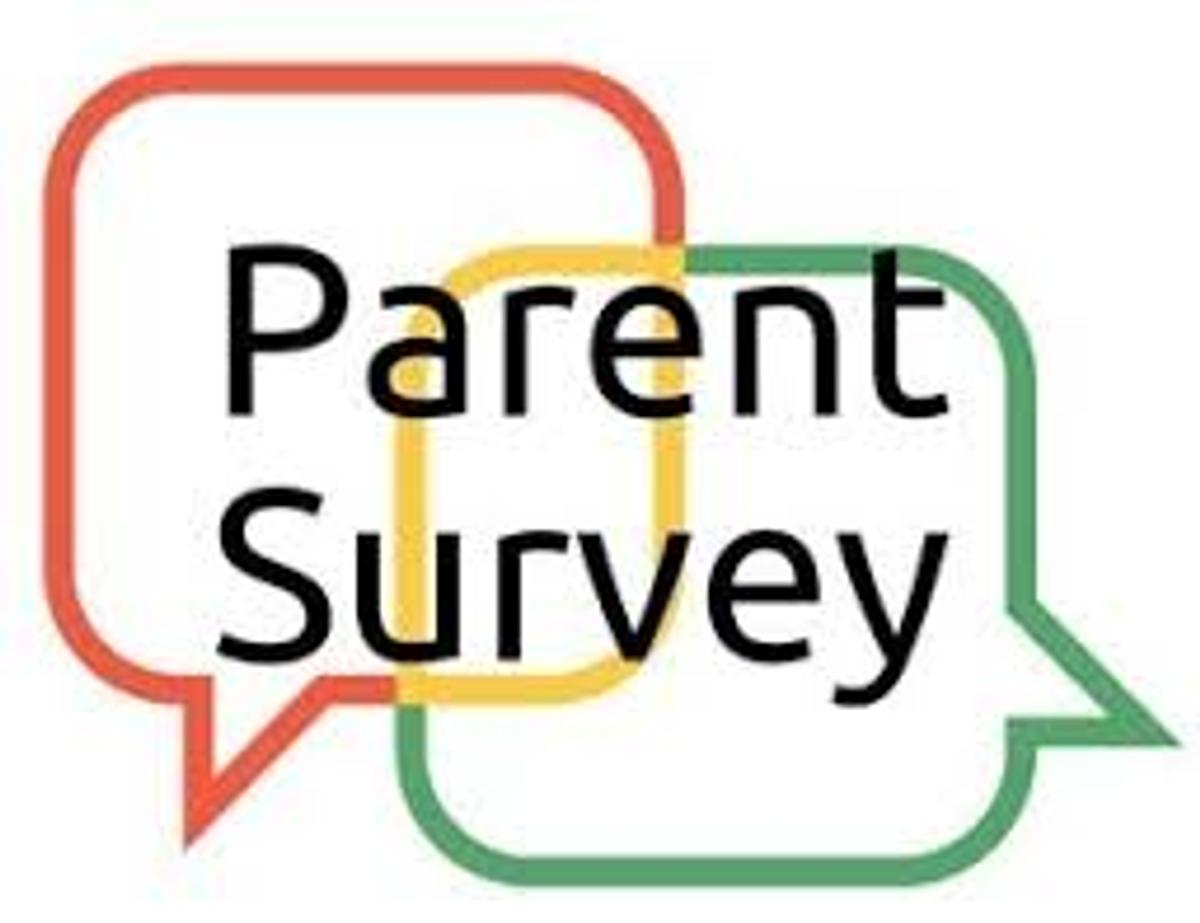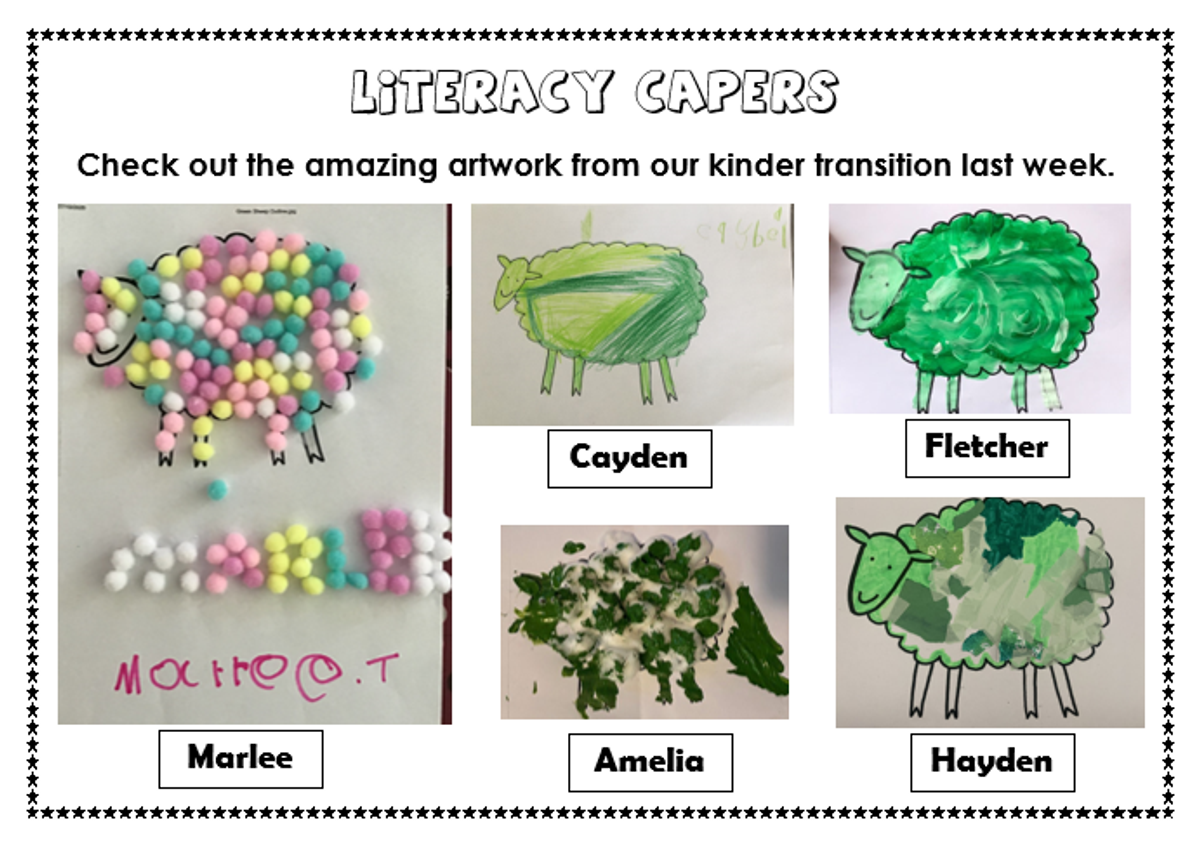School Report

Important Dates – Pupil Free Days
Friday December 18th : Curriculum Day.
Looking forward to 2021
Term 4 always proves to be a busy term. Reflection on how well we achieved our school goals and vision will continue as we plan for next year to ensure we grow, develop and improve as a school. It is also a time for teachers, students and parents to marvel at the growth the students have made as we prepare them for next year.
In 2021 we anticipate a whole school enrolment of 198 students.
Will your child be at LPPS next year?
So that we are able to plan with a greater degree of accuracy, we need to know if you are not returning to LPPS next year. Would you please inform us (letter or email would be great) as soon as possible if your circumstances are changing? The more information we have the better we are able to plan. Thanks for your support!
Please make sure that you have a look on our school's Facebook page. We are updating information and highlighting some of the fantastic things that we do at school. Our virtual assemblies will now be posted on FB.
Parent opinion survey was sent out to all families on October 12th. We have currently received 10 responses which is 7% of families.
I ask you to please take the time to complete the survey as your opinions are important to us and will contribute to the future management and organisation of our school.
The survey will be conducted online and should take 20 minutes to complete.
The survey can be completed on any internet enabled device (iPad, Desktop or Laptop, Smartphone) and is compatible with most browsers.
The survey will be open from Monday 12 October to Friday 13 November 2020.
Please be assured that your responses are completely confidential. The survey is conducted anonymously, and it is important to us that you complete the survey as honestly as possible.
Please follow the instructions below to complete the survey. NOTE: Only one parent from your family is invited to complete the survey.
To complete the survey, simply:
Click on the link below, or copy and paste the text into your browser. This link will take you directly to the survey.
https://www.orima.com.au/parent
Select the School and Campus name below.
School Name: Launching Place Primary School
Enter the School PIN below.
PIN:670330
When complete, please click on the tick button at the end of the survey to submit your answers. Please note that the survey will time out after 60 minutes of inactivity.
Thank you for taking the time to participate, your assistance is greatly appreciated.
Lunch Orders
Lunch orders will start back next Thursday the 12th of November. Please ensure your child's payment is in a bag and your child's name and class name are written on it as well. As the lunch orders are outsourced Upper yarra will pick up the order at 9.00am on Thursday and they will return the lunchs at lunch time on the same day.
Late lunch order may not be filled.
Lost Property
Whilst we have only been back for a short time, our Lost Property is already overflowing! PLEASE make sure anything your child brings or wears to school is clearly named. Every item of named clothing tends to make its way back to its owner. In fact our wonderful staff do a great job of emptying the bins and returning items to their rightful owner. However, we cannot guarantee this for unnamed items.
Please place the responsibility of looking after all jumpers, drink bottles, hats and lunchboxes on your child. With some regular reminders we are confident they will rise to this expectation.
CSEF
Camps, Sports and Excursions Fund – Changes- Parents with a Centrelink Health Care Card are eligible for an annual government payment of up to $125 per primary student and $225 per secondary student. The Department of Education has extended the eligibility date to 5 October and applications now close on 27 November.
Your circumstances may have changed and you may now be eligible for this payment which will be paid at 50%. If you believe you are now eligible, (you hold a Health Care Card) please email your completed CSEF Application Form (attached) as soon as possible to launching.place.ps@education.vic.gov.au. If you have any questions, please contact the Office on 59647783. Click on the link for the application form, https://www.education.vic.gov.au/Documents/about/programs/health/CSEF-Application-Form-2020.pdf
Transitions
Term 4 is a critical period, particularly for the children moving from kindergarten into Prep, from Grade 6 into Year 7. Students in other year levels will also prepare for a change of teachers and new classmates. A key focus of Term 4 will be to make every effort to ensure each of these end-of-year and beginning-of-year transitions occur as successfully as possible. This includes finding contextually appropriate ways to conduct orientations and end-of-year celebrations and ensuring transition information captures additional details as necessary.
Future Students at LPPS
Last Friday the 30th October, we had our second virtual transition session 'Literacy Capers'. Check out the amazing artwork that was created from our future Preps 2021. Well done and thank you for sharing this with us. We are all very proud 🙂 P.S. We hope you were able to find all eight green sheep located in some of the windows!
Transition to Secondary School
Moving from primary to secondary school, or high school, is a big transition. It can be a time full of fun, excitement and new experiences, but it can also be challenging or worrying for many children. You can help by making sure your child is prepared and feels supported.
- Going to secondary school: what to expect
- Preparing to start secondary school
- During the transition to secondary school
- Signs your child might be having difficulty at secondary school
- Your feelings about your child starting secondary school
Going to secondary school: what to expect
Children often have mixed feelings about starting secondary school. They might be:
- excited about new friends, subjects and teachers
- nervous about learning new routines, making new friends or wearing a new uniform
- worried about handling the workload or not fitting in.
You might also worry about these issues, and about whether your child will have the confidence and skills to handle them.
These worries are all normal. Secondary school also means a move from the familiar to the unknown, and a whole new way of doing things.
Relationships Your child will need to meet new peers and make new friends, and establish or re-establish her position within a peer group.
Schoolwork Your child will need to adapt to new teaching and assessment styles, cope with a wide range of subjects, adjust to having different teachers in different classrooms, become more responsible for his own learning, manage a heavier and more complicated study and homework load, and learn a new and more complex timetable.
Getting around Your child will have to adjust to a new school campus, find her way around, get to class on time with the right books and materials, and possibly cope with new transport arrangements.
All these issues might be particularly challenging for some young people living in rural or remote communities. For example, they might need to manage lengthy travel times or move away from their families, friends and local communities to go to boarding school.
When children are making the move to secondary school, you have the biggest influence on how smooth the transition is. Your child’s friends do influence how your child feels about the move, but your support has stronger and longer-lasting effects.
Preparing to start secondary school
You can help to ease any worries your child has about starting secondary school by preparing your child in the months and weeks before term begins.
Practical issues Here are some ideas for dealing with practical issues:
- Make sure your child goes to any secondary school transition and orientation programs in the last term of primary school.
- If your primary school doesn’t run a transition program, find out what transition services and supports your child’s new high school offers.
- Involve your child in decision-making where possible. For example, you could try talking together about transport options to and from school, and subject electives.
Feelings Here are some ideas to deal with mixed feelings and worries:
- Talk with your child about what he’s most looking forward to and what he’s worried about. Really listen when your child shares his feelings and worries about secondary school. Reassure him that it’s normal to worry about going to secondary school.
- Encourage your child to look at the positive side of the move to secondary school. For example, you could highlight the new opportunities your child will have by talking about extracurricular activities your child could choose at the new school.
- Talk with your child about friendships. For example, you could ask what your child’s friends are saying about secondary school. You could also talk about how your child might keep in touch with old friends and make new friends at high school.
During the transition to secondary school
Practical issues Here are some ideas to help with the practical side of the transition to high school:
- Try to arrange for a parent, grandparent or other close adult to be home before and after school for the first few weeks after your child starts secondary school.
- Find out the name of the teacher responsible for your child’s overall care, attendance and social and academic progress. This person might be called a home-room teacher, year advisor or pastoral care teacher. Try to introduce yourself as early as possible.
- Try to make your home as comfortable for study time as possible. For example, make sure your child has a quiet place to study, away from distractions like the TV or a mobile phone.
Friends
These ideas might help with worries about getting to know people and making new friends at high school:
- Reassure your child that it’s normal to worry about making new friends.
- Find out whether there’s a buddy system at your child’s new school and encourage your child to be involved in it.
- Let your child know that new friends are welcome in your home. Encourage your child to invite new friends over, or be ready to transport your child to their houses.
- Help your child explore new opportunities. Learning a musical instrument, trying a new sport or joining a drama class are great ways for your child to meet new people and get involved in school activities.
Feelings You could try these suggestions for handling emotional ups and downs: Be prepared for ups and downs.
Adjusting to change takes time, but if things don’t stabilise after the first term, talk to your child’s home-room teacher in the first instance.
- Remind your child that it’s normal to feel nervous about starting something new – for example, you could share how nervous and excited you feel when starting a new job.
- Talk to other parents to check whether your child’s experiences and feelings are similar to those of others. Sporting and school events are good opportunities to meet other parents.
- Try to make sure your child eats well, gets plenty of physical activity and gets plenty of sleep. The change to secondary school is likely to make your child more tired at first.
- Stay calm. If you’re calm and reassuring you’ll give your child more confidence that she can get through the tough parts of starting high school.
Keep talking with your child about school. If you’re having trouble getting your child to open up, try our tips on talking about school.
Signs your child might be having difficulty at secondary school
If your child is struggling with the transition to secondary school, you might notice that he:
- doesn’t want to go to school, or refuses to go
- says he feels sick on Sunday nights
- doesn’t seem interested in schoolwork or new activities at the new school
- doesn’t talk with you about school or friends
- seems low on confidence or self-esteem – your child might say he’s dumb or nobody likes him
- is getting lower marks than he used to.
If your child is having trouble, don’t wait for things to improve on their own. Try to get your child talking about how she’s feeling, let her know that feeling worried is normal, and see whether you can work out some strategies together.
If things don’t improve within 2-3 weeks, consider speaking with your child’s teacher, year level co-ordinator, welfare co-ordinator or GP.
The transition to secondary school for children with disability and the transition to secondary school for children with autism spectrum disorder can be challenging. You might need extra time to plan your child’s transition.
Your feelings about your child starting secondary school
Your child’s transition to secondary school is a big change for you too. Your relationship with your child’s primary school might be ending, and you’re likely to have a different sort of relationship with your child’s secondary school.
It’s normal to have mixed feelings about these changes.
Talking to other parents, particularly those who have gone through high school transition, often helps. It might ease your mind to know that most children find things a little hard at first but settle in during the year.
Also, other parents who are experienced at the school can often answer small questions and give you helpful tips about how things work at your child’s new school.
And don’t be surprised to find that your child doesn’t want you to be as visible at his secondary school as you might have been during the primary years. Remember that he’ll still need your support outside of school, and that it’s all part of the way he develops greater independence.





